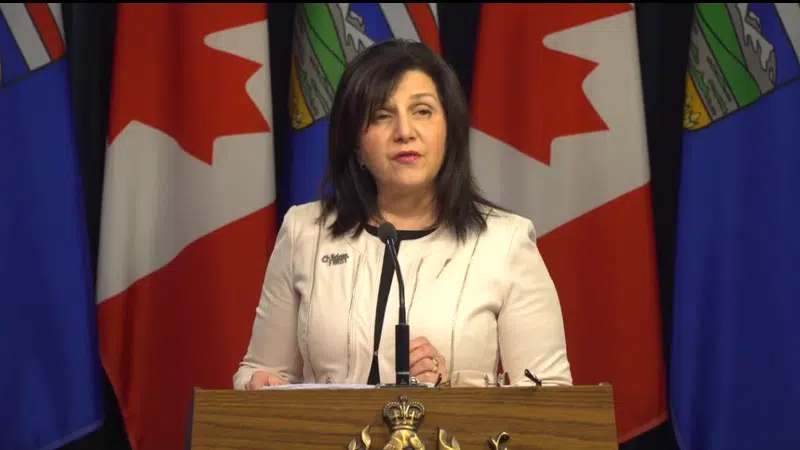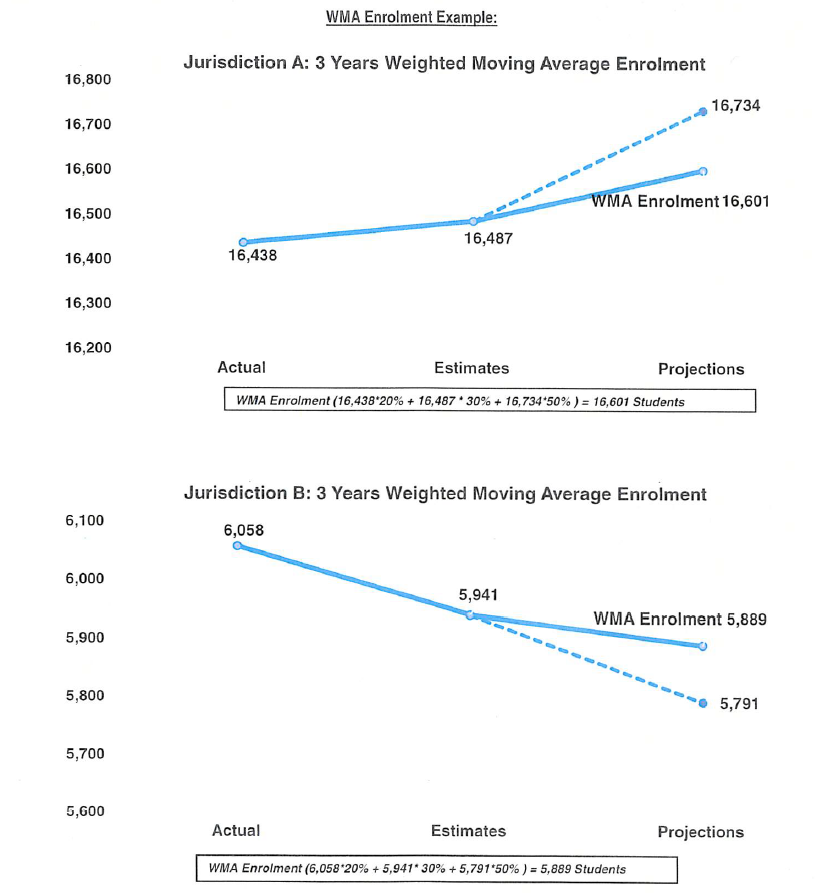
New education funding model to take effect in 2020-21 school year
For the first time in 15 years, the Alberta Government is rolling out a new funding model for K-12 education.
The new formula will reallocate grants and change the way students are counted. The government says this new format will be predictable, sustainable, more efficient, and provide flexibility to school divisions.
Education Minister Adriana LaGrange says the Ministry spoke with every single school division in Alberta, to gather input and form this new model.
“We are pleased to see the government trust locally elected boards to make the right decisions for their students by providing us flexibility within our funding envelopes,” said John Lehners, Board Chair for the Grande Prairie Public School Division, in a press release. “The increased flexibility afforded by this new funding model will help us better allocate resources to address the unique needs of our students, while also cutting down on the significant red tape that was tied to the previous funding structure.”

